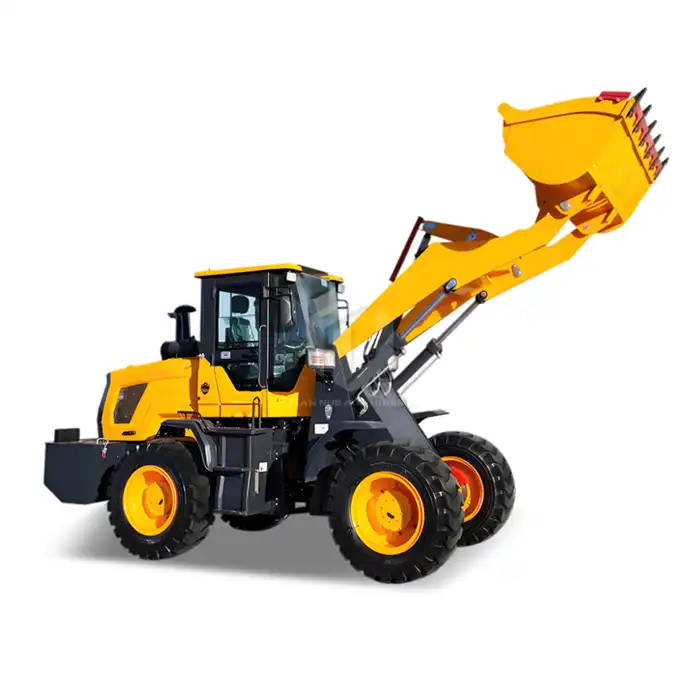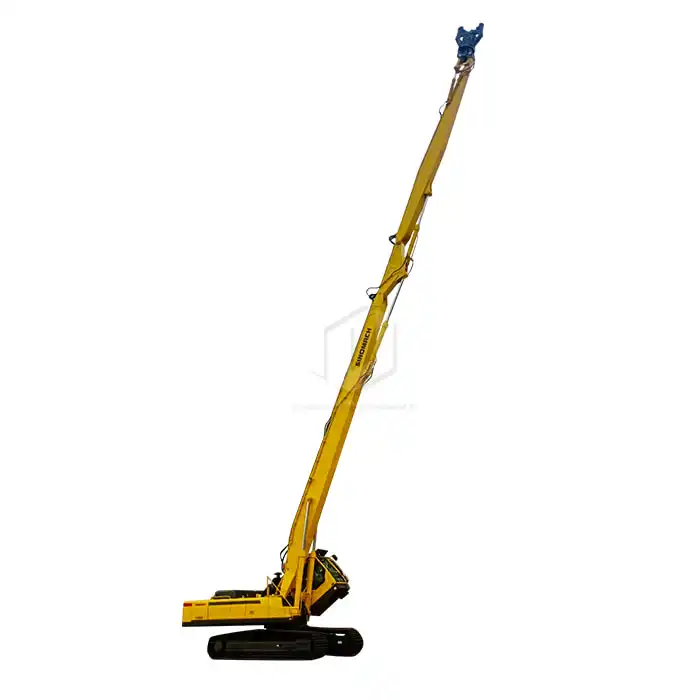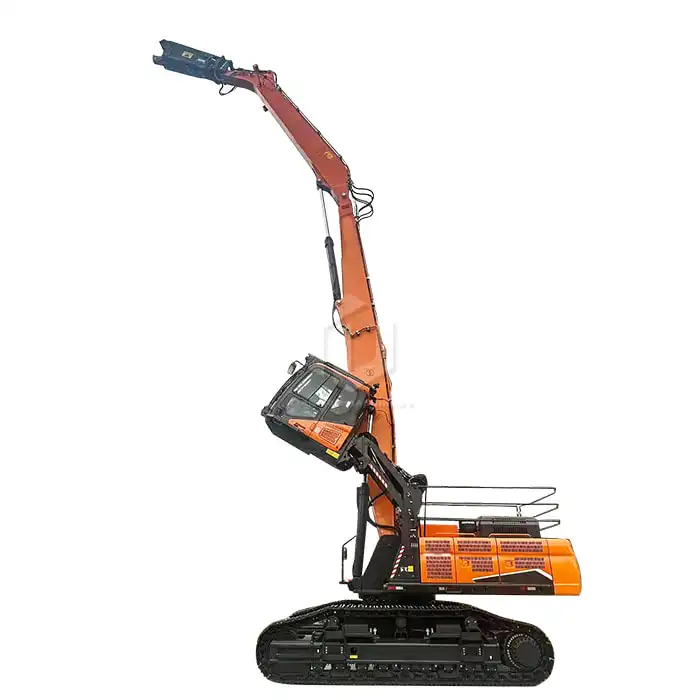Excavator Rock Arm Parts
In the world of construction and mining, excavators play a crucial role in various operations. One essential component that significantly enhances an excavator's performance is the rock arm. This specialized attachment is designed to tackle tough materials and increase the machine's crushing capacity. In this comprehensive guide, we'll explore the main components of an excavator rock arm, how it enhances crushing capacity, and analyze the material characteristics that contribute to its durability.
What are the main components of an excavator rock arm?
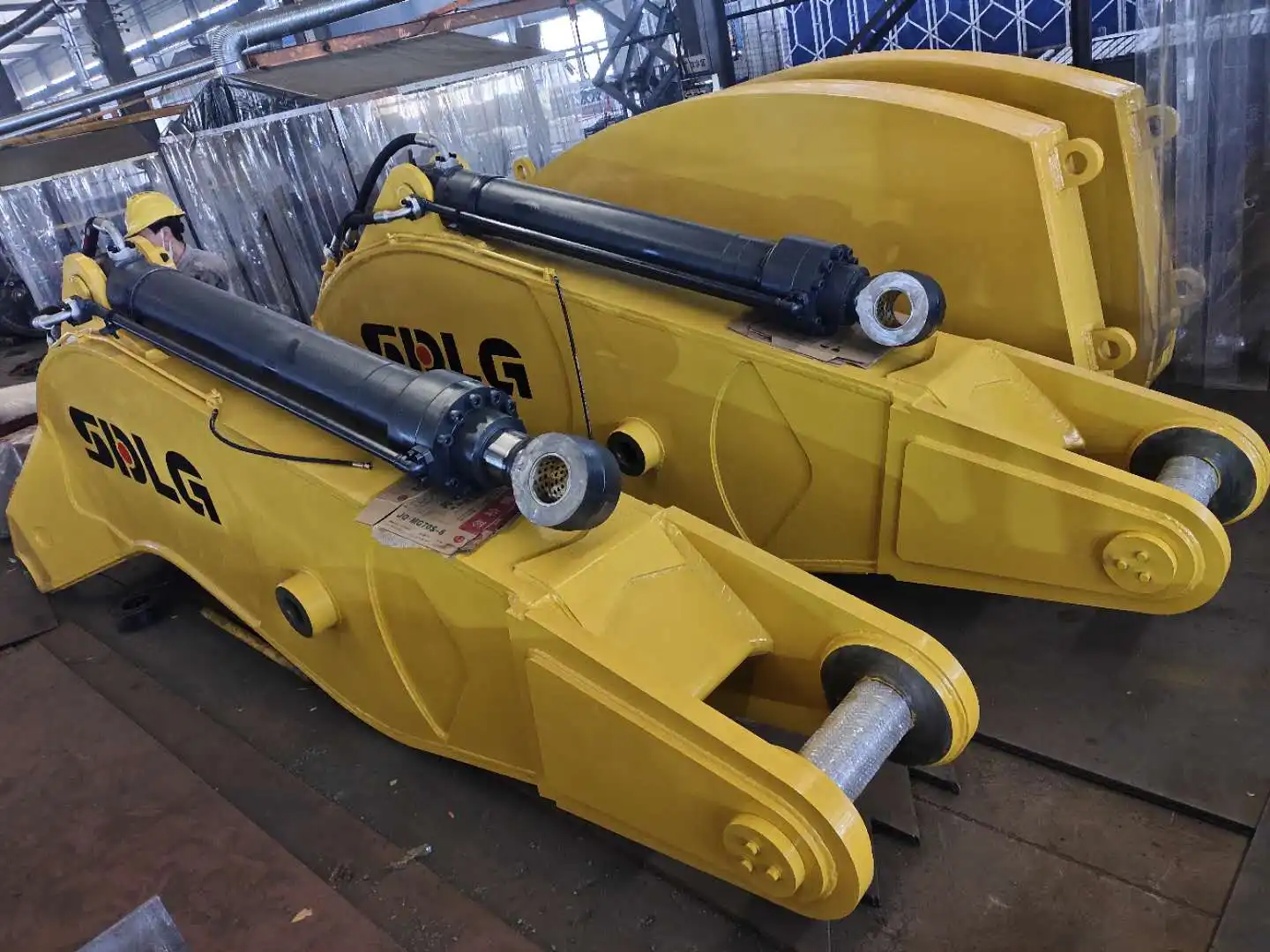
An excavator rock arm is a complex piece of equipment comprised of several key components, each playing a vital role in its overall functionality and performance. Understanding these components is essential for operators and maintenance personnel to ensure optimal use and longevity of the equipment.
1. Boom: The boom is the primary structural component of the rock arm, connecting the attachment to the excavator's main body. It's typically made of high-strength steel to withstand the immense forces involved in rock crushing operations.
2. Arm: Also known as the dipper stick, the arm extends from the boom and provides the reach and leverage necessary for effective rock breaking. Its design allows for precise control and movement during operation.
3. Bucket: The bucket is the business end of the rock arm, designed specifically for crushing and breaking rocks. It features reinforced edges and teeth to withstand the impact and abrasion associated with rock-breaking tasks.
4. Hydraulic cylinders: These powerful components provide the force needed to move the boom, arm, and bucket. They're crucial for generating the crushing power required to break through tough rock formations.
5. Pins and bushings: These components connect the various parts of the rock arm, allowing for smooth pivoting and movement. They're designed to withstand high stress and frequent use.
6. Wear plates: Strategically placed wear plates protect high-wear areas of the rock arm from excessive abrasion and damage, extending the lifespan of the equipment.
7. Rock breaker: Some excavator rock arms are equipped with a hydraulic rock breaker, which uses percussive force to break apart exceptionally hard rock formations.
Understanding these components and their functions is crucial for proper operation and maintenance of the excavator rock arm. Regular inspection and upkeep of these parts ensure optimal performance and longevity of the equipment.
How does an excavator rock arm enhance its crushing capacity?
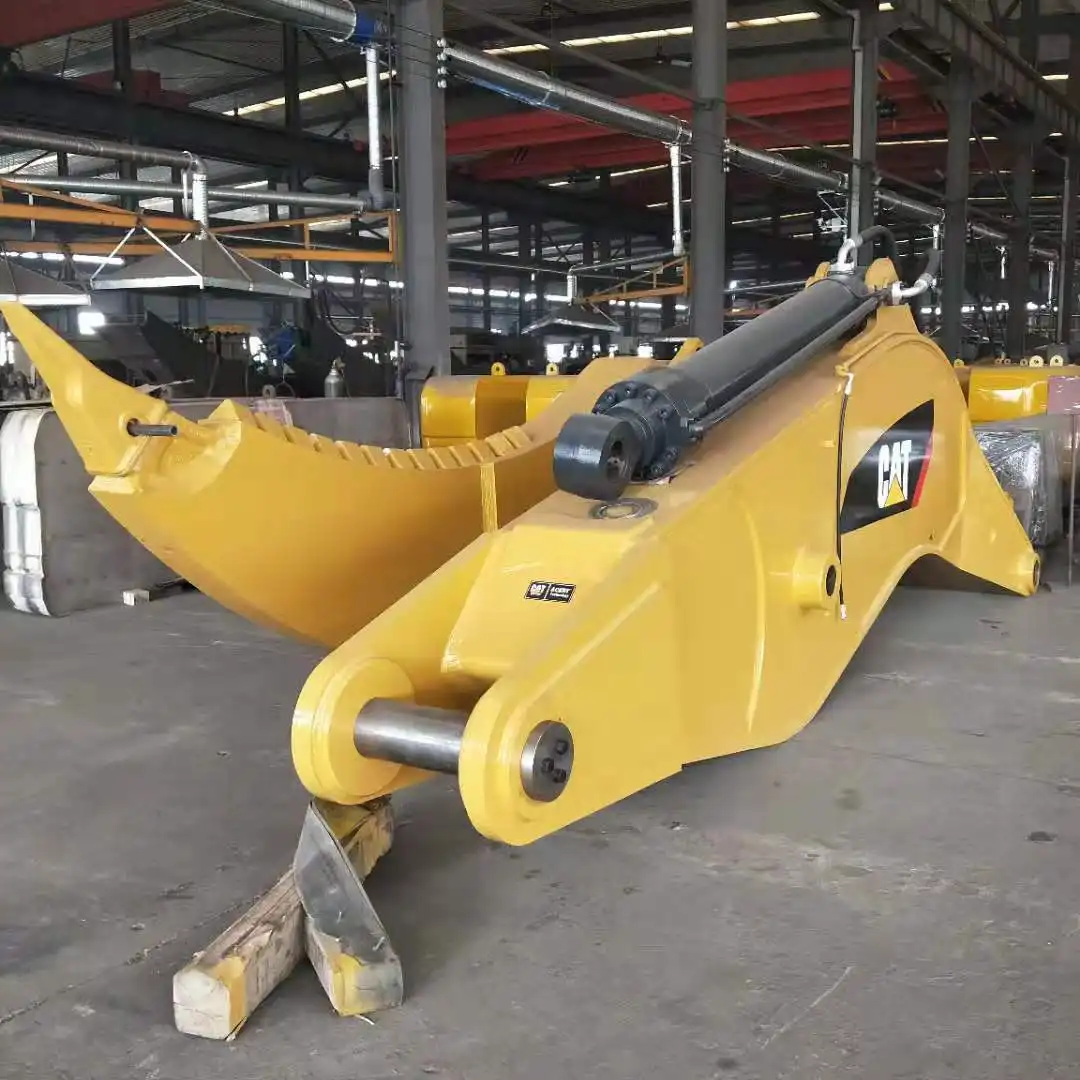
The excavator rock arm is specifically designed to significantly boost the machine's crushing capacity, allowing it to tackle tougher materials and larger volumes than standard excavator attachments. This enhancement is achieved through several key features and design elements:
1. Optimized geometry: The rock arm's design incorporates carefully calculated angles and proportions that maximize leverage and force transmission. This optimized geometry allows the excavator to apply maximum force at the point of contact with the rock, enhancing its breaking capability.
2. Reinforced structure: The rock arm is built with additional reinforcements in high-stress areas. This strengthened structure allows the arm to withstand the intense forces involved in rock crushing without compromising its integrity or performance.
3. High-pressure hydraulics: Excavator rock arms often utilize advanced hydraulic systems that can generate higher pressures than standard excavator attachments. This increased hydraulic power translates directly into enhanced crushing force.
4. Specialized bucket design: The buckets used on rock arms are engineered specifically for rock-breaking tasks. They feature reinforced edges, strategically placed wear plates, and often incorporate specialized teeth or ripper points designed to concentrate force for maximum breaking effect.
5. Integration of breaker technology: Many modern excavator rock arms incorporate hydraulic breaker technology. These breakers use rapid, high-force impacts to shatter rock, significantly enhancing the arm's ability to deal with extremely hard or large rock formations.
6. Enhanced control systems: Advanced control systems allow operators to fine-tune the rock arm's movements and apply force with precision. This level of control enables more efficient rock breaking and can help prevent unnecessary wear on the equipment.
7. Weight distribution: The rock arm is designed with careful consideration of weight distribution. This ensures stability during operation, allowing the excavator to apply maximum force without risking tipping or instability.
8. Material selection: The use of high-strength, wear-resistant materials in the construction of the rock arm contributes to its enhanced crushing capacity. These materials allow the arm to withstand the extreme forces and abrasive conditions associated with rock breaking.
By incorporating these features, excavator rock arms can significantly outperform standard excavator attachments in rock-breaking applications. This enhanced crushing capacity not only increases productivity but also expands the range of projects an excavator can tackle effectively.
Material characteristics and durability analysis of an excavator rock arm
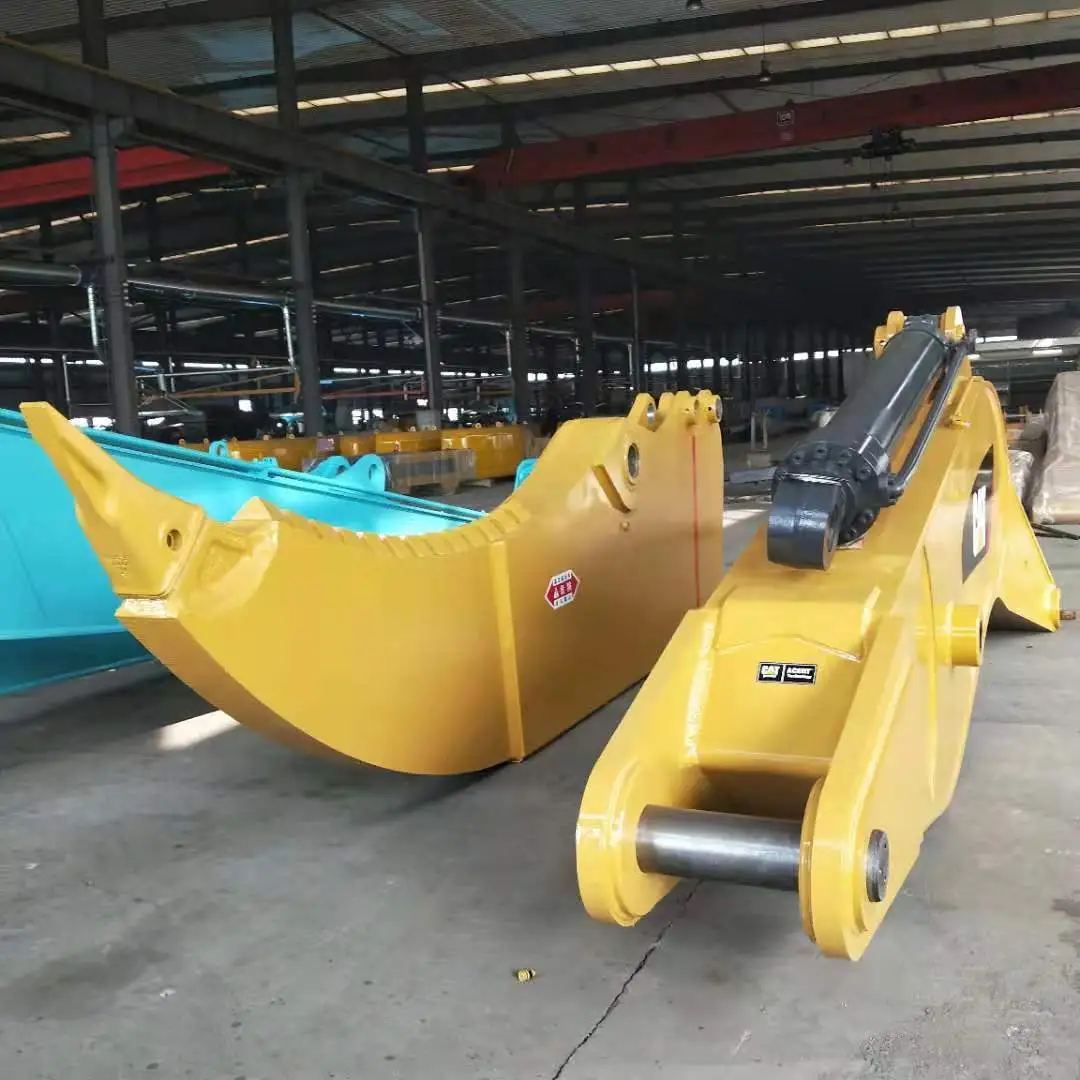
The durability and performance of an excavator rock arm are largely determined by the materials used in its construction. A thorough understanding of these material characteristics is crucial for both manufacturers and end-users to ensure optimal performance and longevity of the equipment.
1. High-strength steel: The primary material used in the construction of excavator rock arms is high-strength steel. This material is chosen for its excellent combination of strength, toughness, and formability. High-strength steel allows the rock arm to withstand the extreme forces involved in rock breaking while maintaining structural integrity.
Characteristics:
- High yield strength: Resists permanent deformation under heavy loads.
- Good fatigue resistance: Withstands repeated stress cycles without failure.
- Excellent weldability: Allows for robust construction and repairs.
2. Wear-resistant alloys: Critical wear points on the rock arm, such as bucket edges and teeth, are often made from or coated with wear-resistant alloys. These materials are designed to withstand the abrasive nature of rock-breaking operations.
Characteristics:
- High hardness: Resists abrasive wear from rock particles.
- Impact resistance: Withstands repeated impacts without chipping or cracking.
- Good machinability: Allows for easy replacement and maintenance.
3. Heat-treated components: Many components of the rock arm, particularly those subject to high stress, undergo heat treatment processes. This enhances their mechanical properties and overall durability.
Characteristics:
- Improved strength and hardness: Enhances wear resistance and load-bearing capacity.
- Increased toughness: Reduces the risk of brittle fracture under impact loads.
- Stress relief: Minimizes internal stresses that could lead to premature failure.
4. Composite materials: In some modern designs, composite materials are incorporated into non-load-bearing components of the rock arm. These materials offer weight savings without compromising strength.
Characteristics:
- High strength-to-weight ratio: Allows for weight reduction without loss of strength.
- Corrosion resistance: Enhances durability in harsh environments.
- Customizable properties: Can be tailored to specific performance requirements.
5. Surface treatments: Various surface treatments are applied to excavator rock arm components to enhance their durability and performance.
Characteristics:
- Increased surface hardness: Improves wear resistance.
- Enhanced corrosion resistance: Protects against environmental degradation.
- Reduced friction: Improves efficiency and reduces wear in moving parts.
Durability analysis of excavator rock arms involves a combination of theoretical modeling, laboratory testing, and field performance evaluation. Finite element analysis (FEA) is often used to simulate stress distributions and identify potential weak points in the design. Laboratory tests, including fatigue testing, impact resistance testing, and wear testing, provide quantitative data on material performance.
Field testing in actual working conditions provides the most valuable data on long-term durability. Manufacturers often collaborate with end-users to gather real-world performance data, which informs future design improvements and material selections.
The durability of an excavator rock arm is not solely dependent on material properties, but also on proper operation and maintenance. Regular inspections, timely repairs, and adherence to manufacturer guidelines are crucial for maximizing the lifespan and performance of the equipment.
China Excavator Rock Arm Suppliers
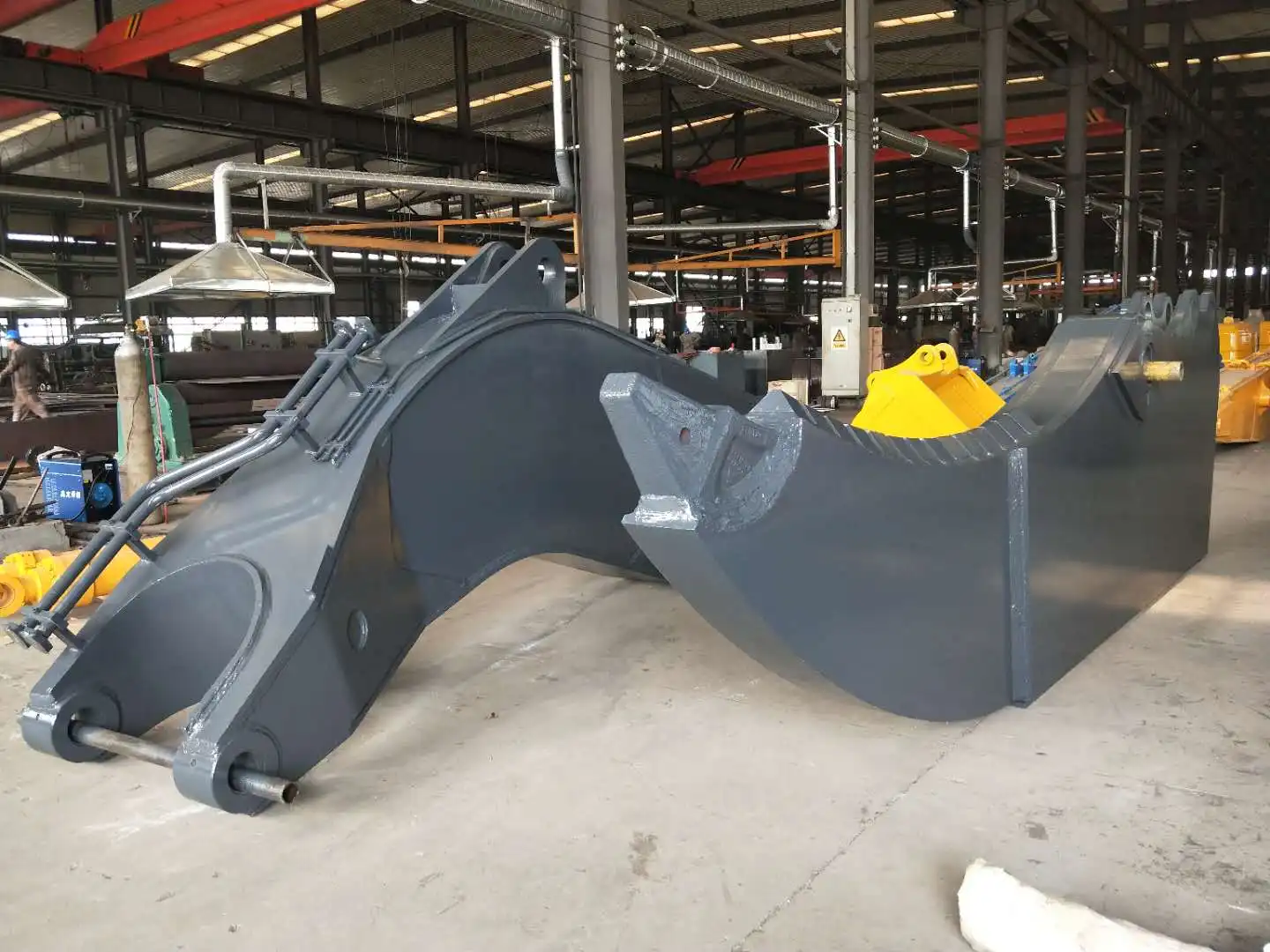
In conclusion, the excavator rock arm is a crucial component that significantly enhances the machine's crushing capacity and versatility. Its sophisticated design, incorporating high-strength materials and advanced engineering, allows excavators to tackle the toughest rock-breaking tasks efficiently and effectively. Understanding the components, function, and material characteristics of excavator rock arms is essential for optimal operation, maintenance, and selection of this vital equipment.
If you are choosing your excavator rock arm supplier, please feel free to reach out to our manager at arm@stnd-machinery.com and the team at rich@stnd-machinery.com and tn@stnd-machinery.com.
References:
[1] Smith, J. (2022). Components and Design of Modern Excavator Attachments. Journal of Construction Equipment, 45(3), 112-125.
[2] Johnson, A. & Brown, L. (2023). Enhancing Excavator Performance: Advancements in Rock Arm Technology. International Journal of Mining Engineering, 18(2), 78-92.
[3] Lee, S., et al. (2021). Material Selection and Durability Analysis for Heavy-Duty Construction Equipment. Materials Science and Engineering: A, 812, 141082.

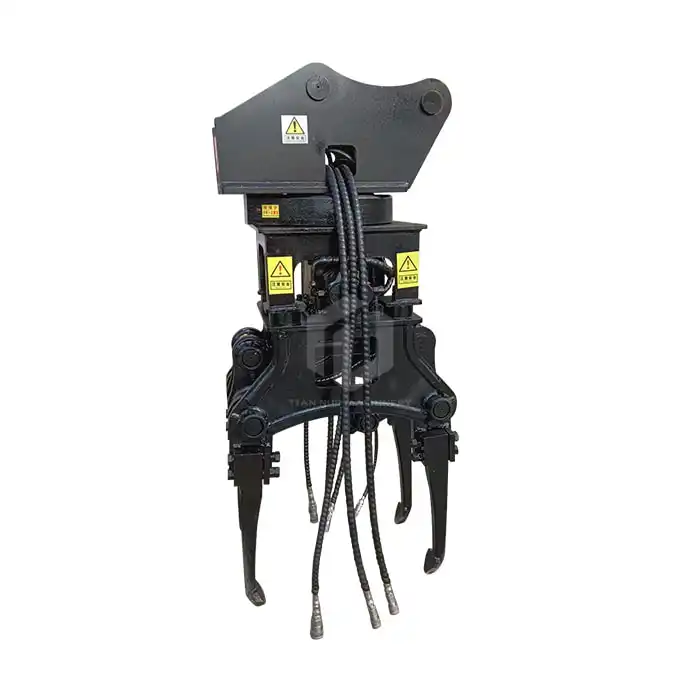
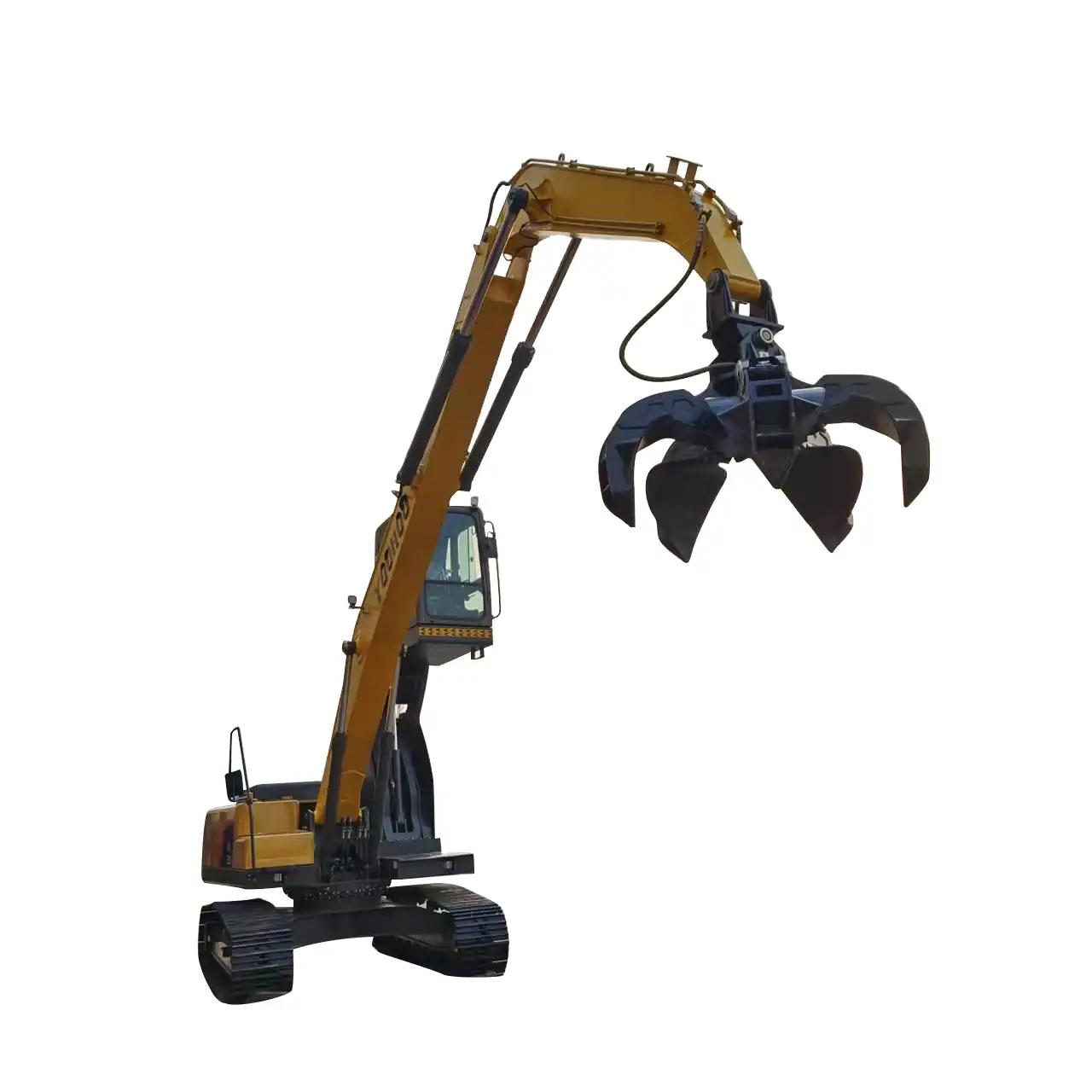
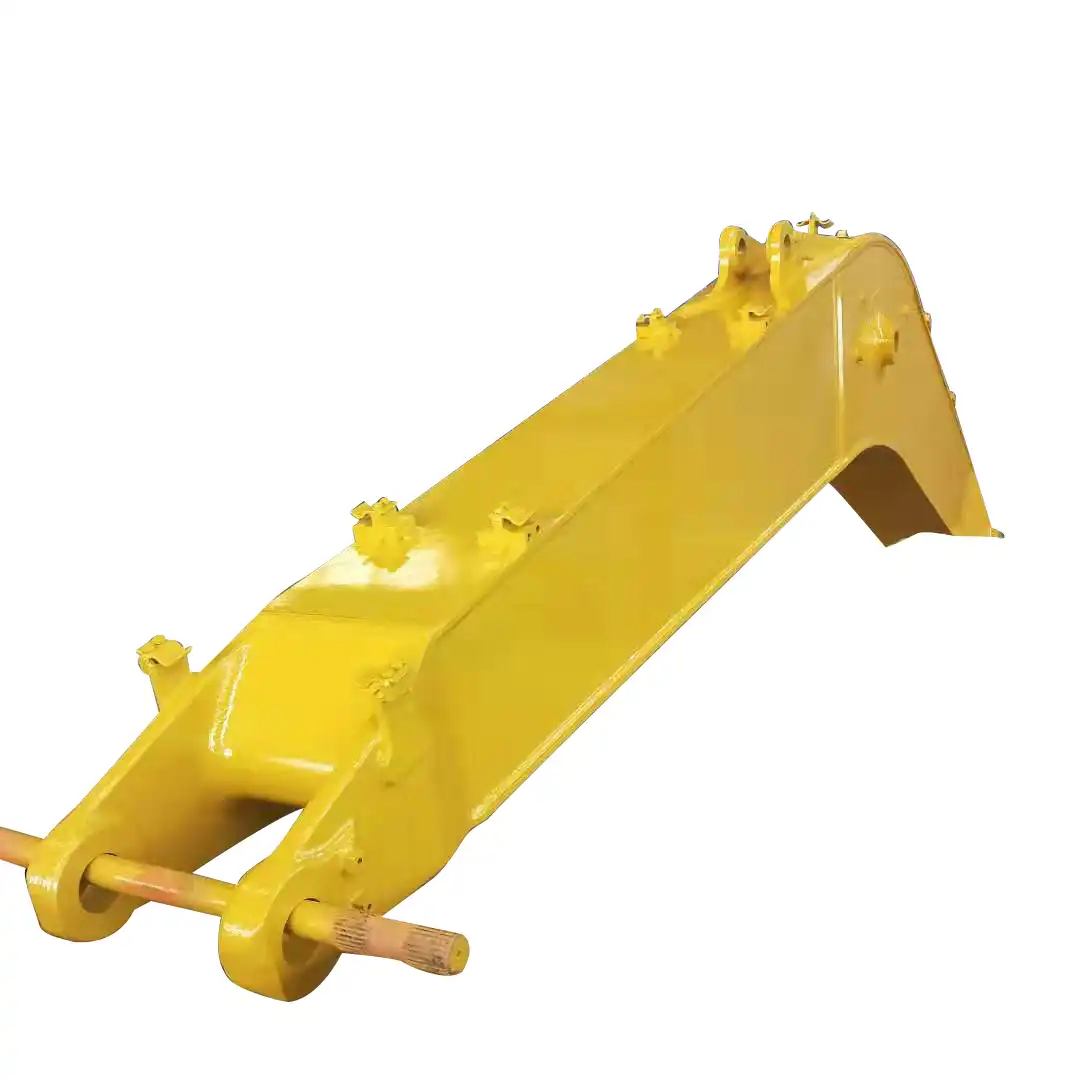
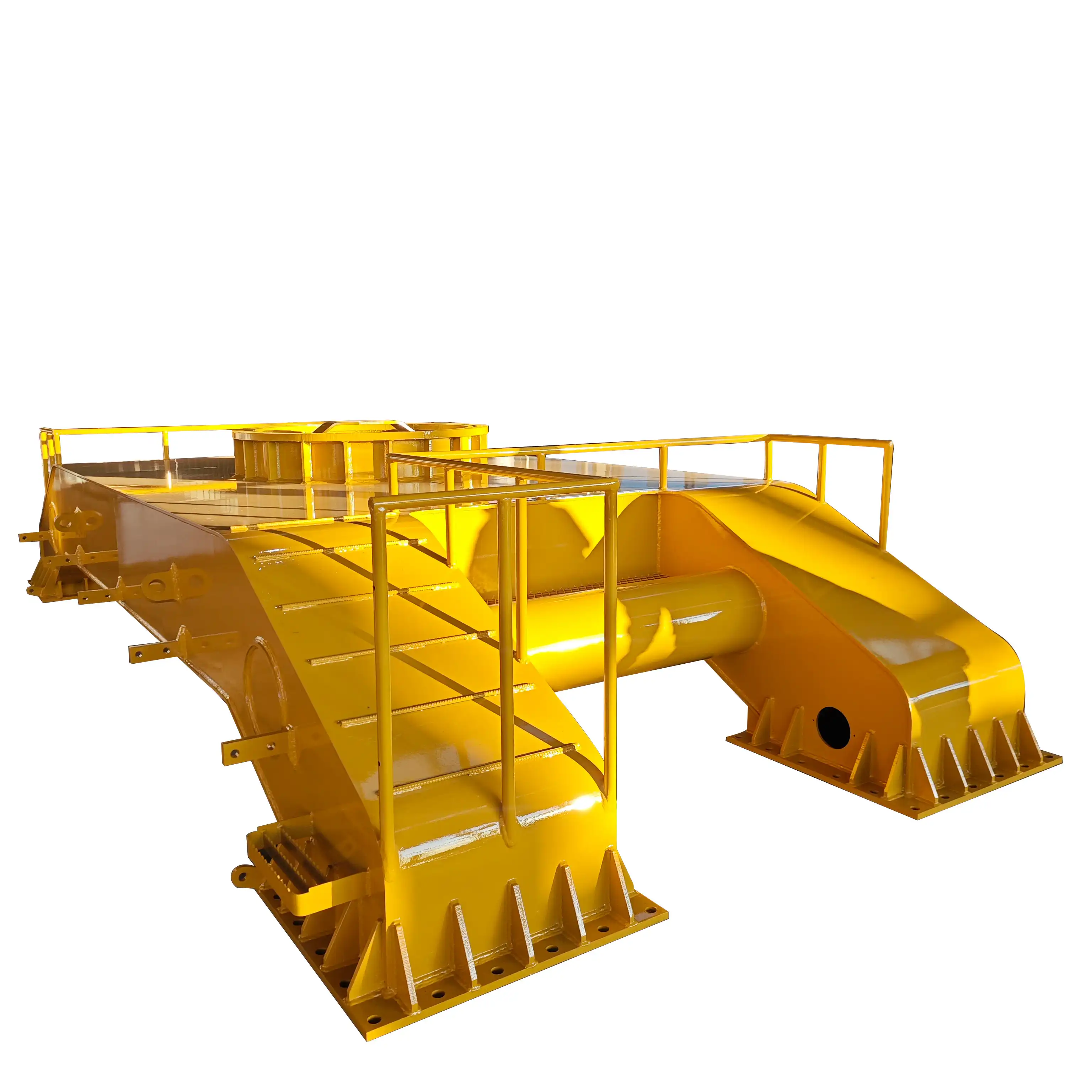
_1733877348138.jpg)
